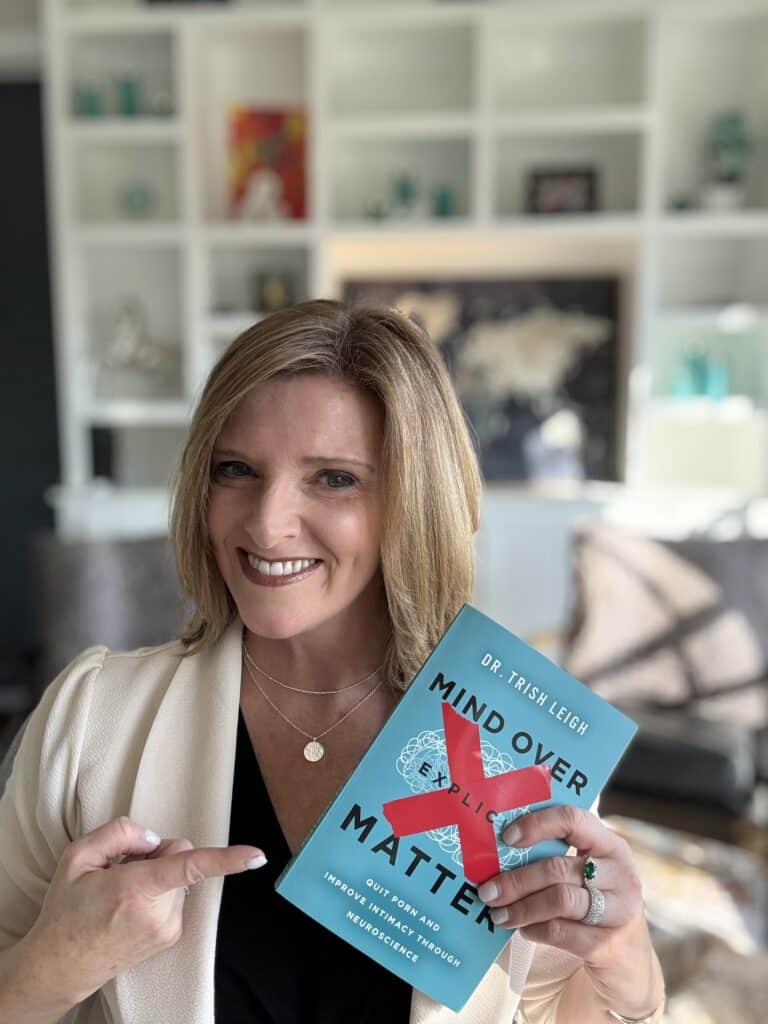Do you ever feel like you’re struggling to stay focused, always procrastinating, or constantly distracted? Maybe you’ve wondered if you have adult ADHD. The idea can be overwhelming, especially when you’re trying to juggle daily tasks, work, and relationships. But before you jump to conclusions, there could be something else going on that’s impacting your ability to focus, keep scrolling to help you figure it out.
The Truth About ADHD: Were You Born With It?
ADHD is a neurodevelopmental disorder, which means you were born with it. The brain of someone with ADHD doesn’t speed up to optimal processing speed like it should in childhood. Instead, it remains stuck in slow mode, which is why focusing can feel like such a struggle.
But here’s something important to know: if you’re wondering about adult ADHD, it’s not something that suddenly appears later in life. If you have adult ADHD, you’ve always had it. In fact, the National Institute of Health says ADHD symptoms must have been present before the age of 12.
Now, take a moment to think back. Did you struggle with focus, disorganization, or procrastination as a child? If the answer is no, there might be another reason you’re feeling these symptoms today.
Common Symptoms of ADHD
If you’re unsure whether you’re dealing with ADHD, read the checklist below and find out if you have these common ADHD symptoms:
- Difficulty paying attention: Constantly distracted or unable to focus on tasks.
- Procrastination: Regularly putting off tasks or struggling to complete them.
- Disorganization: Difficulty keeping track of things, managing time, or staying organized.
- Forgetfulness: Frequently losing items, forgetting appointments, or neglecting daily tasks.
- Restlessness: Feeling restless, having trouble sitting still, or constantly needing to move.
- Impulsivity: Acting without thinking, interrupting conversations, or blurting out responses.
- Poor time management: Missing deadlines, being late, or feeling overwhelmed by responsibilities.
- Seeking stimulation: Needing constant activity or engaging in stimulating behaviors like multitasking.
The Elephant in the Room: Could It Be Porn-Induced Adult ADHD?
It’s no secret that modern life is full of distractions, but if you’ve been using pornography or other explicit content regularly, that could be the real culprit behind your ADHD-like symptoms. Research shows that porn provides an intense rush of dopamine, giving your brain the instant gratification it craves. Over time, this rewires your brain to seek out constant stimulation, making it hard to focus on anything else.
When it’s time to get back to everyday tasks, work, or even spending time with loved ones, your brain no longer feels that dopamine rush, leading you to feel bored, restless, and distracted. You might even start to wonder, “Why can’t I focus anymore?”
If you’ve been experiencing these challenges and didn’t have ADHD symptoms as a child, you could be dealing with porn-induced ADHD.
The Science Behind Porn-Induced Adult ADHD
Studies show that pornography over-stimulates the brain’s reward system, increasing dopamine levels significantly. This can rewire neural pathways, leading to addictive behaviors. Over time, these changes make it harder to feel pleasure or focus on regular tasks. Porn use is linked to problems like cognitive dysfunction, poor impulse control, and reduced focus.
What’s next? 5 Steps You Can Take Today!
Here are a few actionable steps you can start with today:
- Reflect on Your History
Ask yourself: Did I experience trouble with attention, procrastination, or disorganization before the age of 12? If not, consider whether your current struggles could be linked to other habits like porn use.
- Reduce Your Screen Time
Start cutting back on the amount of time you spend watching pornography or engaging in other habits that provide instant gratification. This will help reset your brain’s need for constant stimulation.
- Prioritize Sleep and Routine
Try setting a consistent sleep schedule, reducing screen time before bed, and focusing on calming activities to help regulate your brain.
- Get a qEEG Brain Map Assessment
A qEEG brain map assessment measures the electrical activity in your brain to see whether your brain is stuck in slow mode. This is an essential step in identifying whether you’re truly dealing with ADHD or if there’s something else.
- Explore Neurofeedback Therapy
If your brain is using too much slow processing, neurofeedback therapy will surely help getting back to an optimal speed, improving your focus, organization, and even your sleep patterns.
What Happens If You Don’t Take Action?
If you don’t address these issues now, your brain may continue to struggle with focus, leading to greater difficulties in your personal and professional life. Over time, it can become harder to stay organized, meet deadlines, and feel fulfilled in your relationships.
Take Back Control of Your Life!
If this sounds familiar, there is no need to feel stuck or overwhelmed: You have the power to regain your focus and clarity. A key step is identifying whether you’re dealing with true ADHD or porn-induced ADHD, and that starts with understanding what’s happening in your brain.
Take the first step toward clarity by scheduling a qEEG brain map. Using this technology from the comfort of your home and taking advantage of Dr. Leigh’s expertise to read the map on your report of findings, where she will guide you on the best path forward. After that, you can also explore our neurofeedback coaching program, designed to help your brain achieve balance and improve your quality of life.
Start your journey toward a sharper, more focused you. Control your brain, or it will control you!
If you want to learn more about how porn can induce ADHD, listen to Dr. Leigh’s insightful video- What’s REALLY Causing Your ADHD Symptoms?


